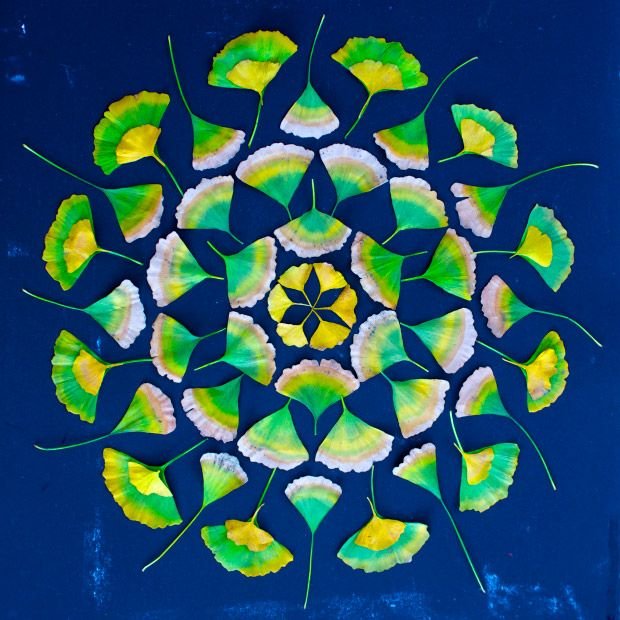Mandala Magnetism
Dear ones,
Welcome to another self-care strategy that can incorporate components of mindfulness, creativity, art-making, meditation, contemplation, psychology and spiritual practice: the creating and/or coloring of mandalas.
The word “Mandala” is Sanskrit for “circle” or “completion,” and a mandala is a circular symbol or representation that can be found in many different cultures and spiritual traditions. In Tibetan Buddhism, the creation of mandalas was collaborative, and often done in sand as a symbol of impermanence. Carl Jung, well-known in the world of psychology, viewed mandalas as “expressions of the self” and felt they represented an archetype of wholeness and unity.
As a self-care strategy, mandalas can be used in a number of ways, including meditation, creation and coloring. According to research, engaging with mandalas can have benefits for mental health and coping with stress (see attached article). One version of mandala meditation can involve a practice of mindfulness and gratitude, both of which have an established evidence base for health and self-care benefits, and mandalas are regularly incorporated into art therapy activities.
You don’t need to consider yourself an artist in order to enjoy the benefits of mandalas as self-care practices, according to this Ted Talk by a woman who drew 10,000 mandalas as a spiritual practice. There are a variety of tutorials online for drawing your own mandala, including short and sweet, slightly longer with more instruction, and quite long/complex (but rather meditative to watch!). If a template would be helpful, there is one attached.
If you’re not up for drawing, coloring mandalas is another therapeutic option that has gained a lot of popularity in recent years. There are oodles of options online for free, printable mandala coloring pages for folx of all ages. Mandalas can also be found on wall-hanging tapestries that are used for calming decoration as well as meditation.
